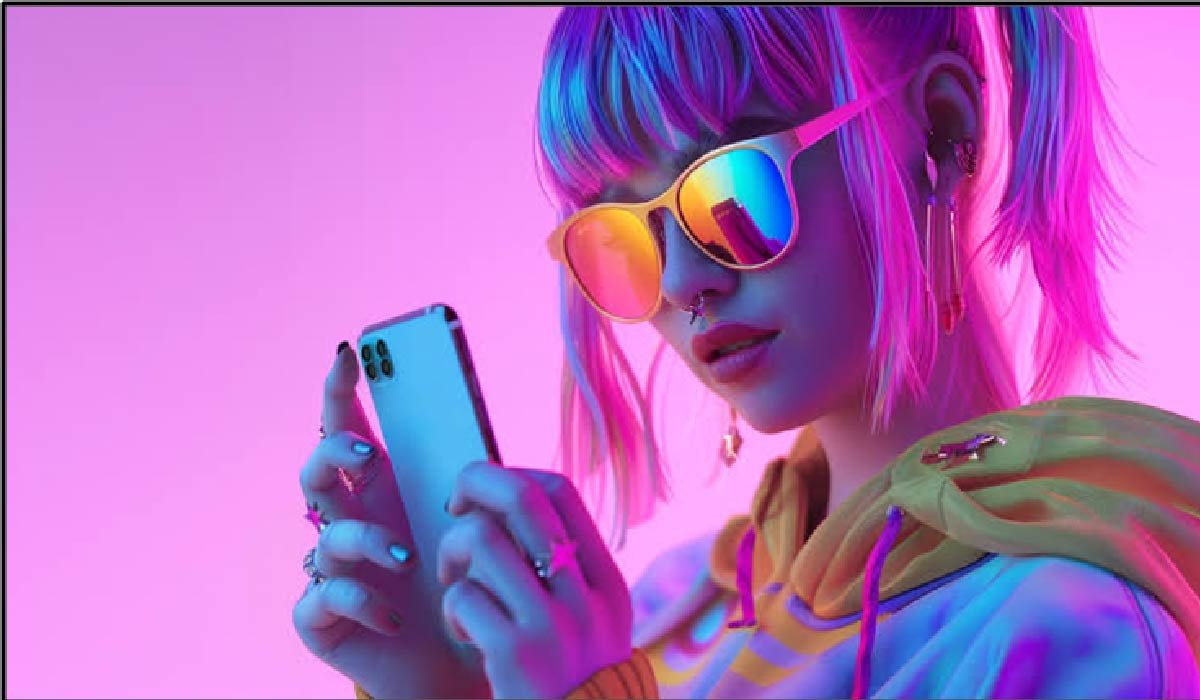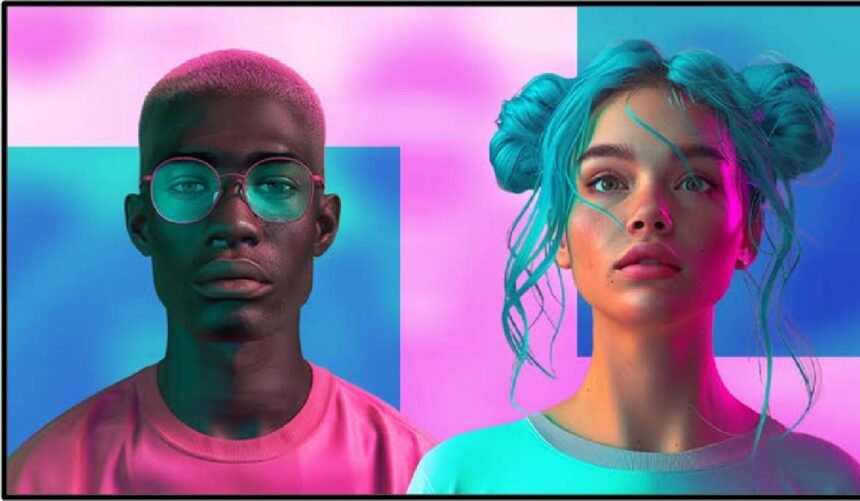Social media has always been fuelled by personality, imagination, and story-telling, and much like TikTok has enabled countless human influencers to establish careers that depend on their ability to connect with audiences through authenticity and relatability, AI influencers, through leveraging advanced digital technology, are challenging the ways and meanings we have around content creators and the rise of digital avatars. These avatars can reflect a blended experience of future creativity, innovation, and consistent content. TikTok is immediately about trends and timely engagement; digital influencers are proving to be a valued part of the world of influencer marketing.
What Makes AI Influencers Special?

AI influencers are completely generated by computers and differ from traditional influencers because they are developed using realistic visuals, distinct personas, and meaningful storylines. Every AI influencer is developed with a target audience in mind, including aesthetics, voice, and content development strategies. In addition, not only are AI influencers interesting in terms of their look but they are unique in that they can be as unlimited as you want them to be. They can collaborate with brands with zero issues relating to scheduling, tiredness, or personal scandals.
Furthermore, when it comes to TikTok which favours short, catchy, and visually appealing videos, AI influencers are able to deliver the best result due to the ease of editing the content, adapting in real-time to trending topics, and they can post all day if they choose. For brands, this yields consistency in messaging and storytelling, all while looking new and innovative.
The Rapid Rise of AI Influencers on TikTok
TikTok’s algorithm rewards entertaining sharable content, and AI influencers are in the sweet spot. They are highly crafted and can be as creative as the designer envisions. Audiences are engaged in a novelty experience when they interact with digital personas in a space where they feel real and unreal at the same time. Some AI influencers are stylized human-like versions which have apparently reformulated those human-like stories of relatable human life. Others run with a futuristic or surreal identity which contrasts with the vast array of content seen in TikTok feeds.
The allure is also psychological. Audiences have an inherent curiosity to witness how far technology can take this human-like behaviour. The combination of digital realism and artistry intrigues viewers and once they touch the screen, they often return out of the loyalty sensation typical of biased relationships with human influencers. It is also part of an iteration of what is possible in a humandigital relationship.
Branding and Commercial Opportunities
For companies, AI influences offer new and compelling opportunities. They are fully managed which means brands can control every single aspect of the campaigns with less concern of the unpredictable human element. Collaborating with an AI influencer can potentially facilitate smoother brand campaigns at potentially even a lower cost in the long run. For example, TikTok is primarily a brand collabs-based influencer marketing platform, and already utilizes AI avatars to incorporate product placement, create trend-based ads, and respond to audience engagements in certain and creative ways.
Some digital influencers have already negotiated major brand partnerships affirming brands see value in these as legitimate marketing properties. In today’s engaged and attention-driven marketplace, the prospect/layout of designing the “perfect” brand ambassador/personal branding who never gets tired, makes no mistakes, speaks only to form the brand’s narrative/positions and in the right voice, is irresistible to a lot of corporations.
Difficulties and Ethical Questions
Although AI influencers are extremely popular, they pose ethical and cultural problems. The first, and perhaps most pressing, is transparency. Should we always tell audiences when they’re watching an AI-generated influencer? Or is it part of the experience to allow manufactured personas to form? Some emphatically argue that digital avatars are too close to intruding on the space of reality and can mislead viewers.
The second issue is authenticity, as AI influencers can mimic emotions and life experiences, they cannot truly ‘live’ those lived experiences. This presents a disconnection from the audience’s expectations of relatability in the experience and the programmed reality. On TikTok, a platform that is entirely dedicated to trends and expressing human experience, this weaves an important tension. Will audiences keep accepting AI influencers as legitimate storytellers rather than preferring the flaws of human creators?
Conclusion: Redefining Influence for the Digital Future
AI influencers on TikTok represent a shift in the creator economy away from simply human influence. Though they certainly are not replacing influencers – they are solely an extension of what can be imagined creatively and how brands use and adopt storytelling on these platforms.
As more user engagement occurs using AI-driven content, the definition of influence will begin to shift. Influence is no longer solely connected to human personality but to the ability to garner attention and engagement, which is something AI influencers are exceptionally good at. Regardless of audience acceptance, dislike or approval, AI influencers are here to stay and gain more prominence on TikTok in the years ahead.














